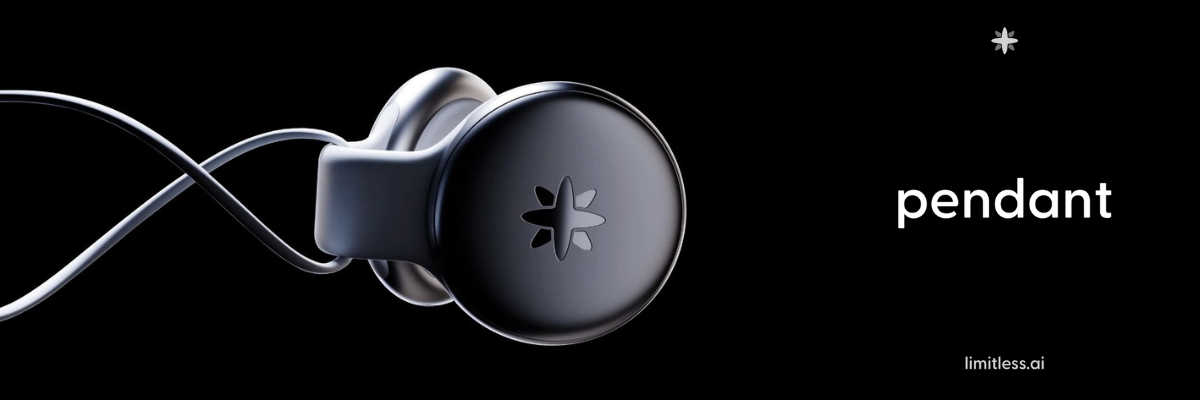Two releases, better Wayland • The Register

The Linux Mint team plans to speed up its release cycle and get two more versions out in the next few months.
The latest Linux Mint Monthly News blog drafts the project’s plans for the final quarter of 2025. At least in terms of timing, the timeline is somewhat bold – especially considering that the blog is titled “August 2025” and it was published on September 12.

Cinnamon 6.4.8 is currently the latest and it works pretty well on Wayland… but there’s more to come
LMDE 7 “Gigi”
The top story in the blog post is that work has begun on the next version of LMDE. As the download page for the current version 6 says: “LMDE is a Linux Mint project which stands for ‘Linux Mint Debian Edition’.” Almost exactly two years ago last weekend, we looked at the beta of LMDE 6, codenamed “Faye,” and it was released in October 2023. LMDE 7, codenamed “Gigi,” is now on its way, based on Debian 13.
In essence, LMDE transplants Linux Mint’s flagship Cinnamon desktop and its accompanying tools and accessories from their standard underlying distro – the current Ubuntu LTS release – onto the basis of Debian instead. For the Mint project, it’s a safety net. As the project page says: “Its goal is to ensure Linux Mint can continue to deliver the same user experience if Ubuntu was ever to disappear.”
In addition, LMDE is also a very easy way to run Debian. It’s easier to install and get running with minimal extra work. That’s a little less important in recent years, partly because there are many easier Debian alternatives now, and partly because Debian started including some proprietary drivers on the default installation media in 2022.
Since 2019, LMDE has had another handy function. It’s now been half a dozen years since Ubuntu dropped its x86-32 edition. LMDE is based on Debian, and like Debian, it offers both x86-32 and x86-64 editions. So it has a role for users who still needed to run a 32-bit kernel for some reason. We would hazard a guess that compatibility with some specific 32-bit drivers might be more likely than pre-x86-64 hardware, as LMDE isn’t a lightweight distro and we suspect it wouldn’t be quick on something like an Atom netbook. Either way, this option will disappear when Gigi debuts. Debian no longer offers an x86-32 edition, so a meta-distribution such as LMDE can’t either. Soon, only distros such as T/2 Linux, which specializes in supporting unusual hardware, will retain this option.
LibAdapta brings themes to Gtk4
Just as with Linux Mint 22.2, LMDE 7 will also include libAdapta. LibAdapta is Linux Mint’s fork of GNOME’s libAdwaita, and has what on the face of it sounds like a modest goal, as outlined in the Mint blog in June. It restores support for Gtk3 themes in Gtk4 apps.
This is a bigger deal than it may sound. The official GNOME description of Adwaita and libAdwaita is that they form the “building blocks for modern GNOME applications,” which in our humble opinion is not a very helpful or useful explanation. We tried to explain what Adwaita meant back in 2022. Since GNOME 40, developers are expected to build modern applications for GNOME using the Gtk4 toolkit. Older versions of Gtk let users choose their own theme, which they could apply to apps and the desktop. Not any more. As of version 4, Gtk embeds GNOME’s own Adwaita theme – there’s nothing else. Indeed, the theme is now part of the GNOME Human Interface Guidelines. There is just one official theme, and for years, GNOME developers have been pleading with downstream users to please don’t theme our apps.
Mint 22.2 officially supported the bundled Mint-Y, Mint-X, and Mint-L themes. The current libAdapta is forked from libAdwaita 1.5, which dates from 18 months ago. Right now, the Mint team is rebasing libAdapta on libAdwaita-1.7, the March 2025 release. LibAdwaita 1.8 was announced the same day as the Mint blog post, and is the version to accompany the forthcoming GNOME 49.
Wayland support in Cinnamon improves
Mint 22.2 offers Cinnamon version 6.4.8, and as it says on the Mint 22.2 login screen, the desktop’s support for Wayland is still officially experimental. That said, it seems to work fine these days, and in our testing, it was virtually indistinguishable from X11. The forthcoming Mint 22.3 should have a slightly newer Cinnamon, with better Wayland support in the “New” menu, the status applet, and improved keyboard and input-method handling.
While there are dozens of mature, stable desktops for X11 on Linux, the number with full support for Wayland is much smaller. Setting aside the many relatively minimal tiling environments, it’s largely GNOME and KDE Plasma, although LXQt and Xfce are getting close. A fully supported Cinnamon would be a very welcome addition to this collection. ®












